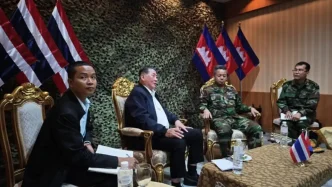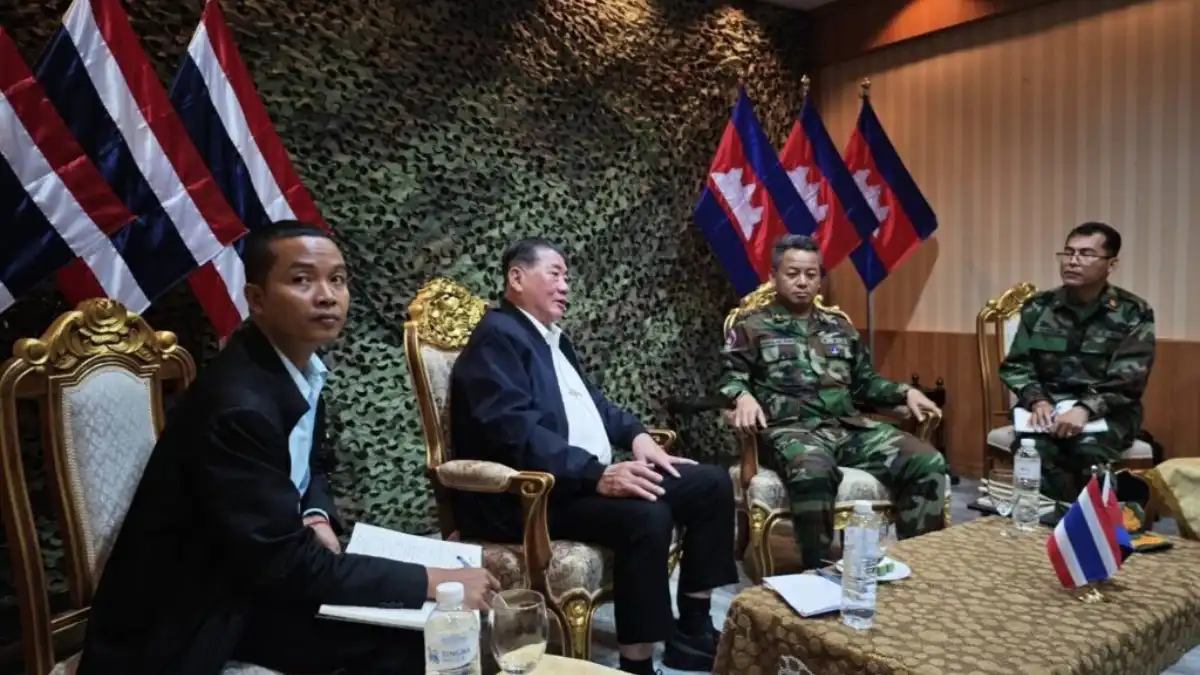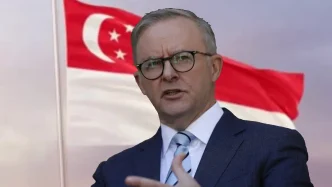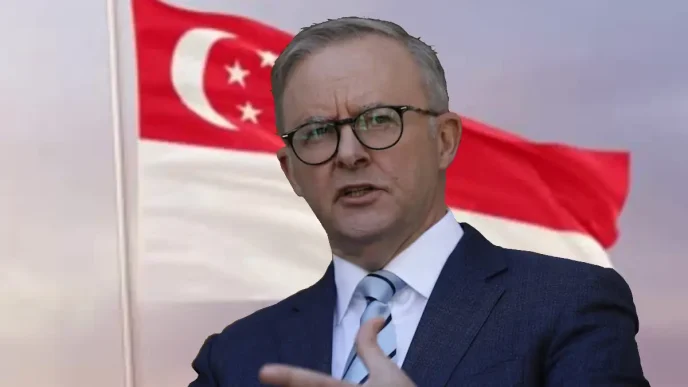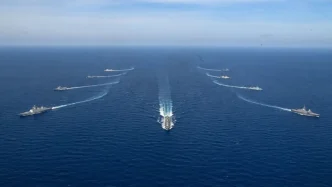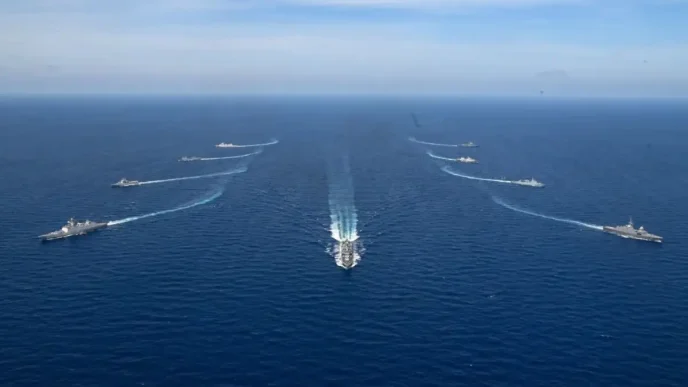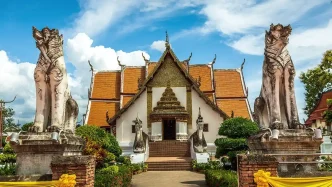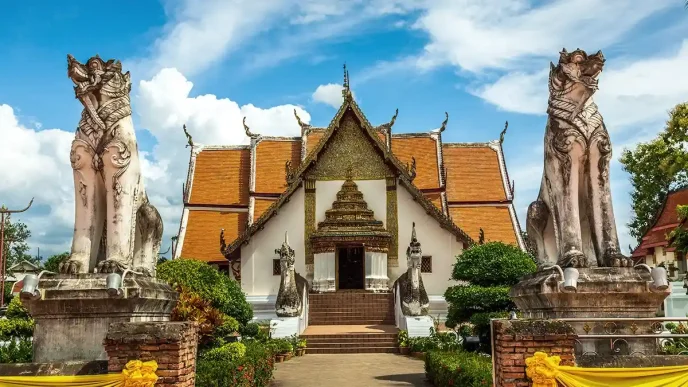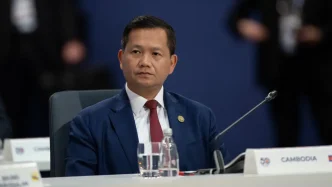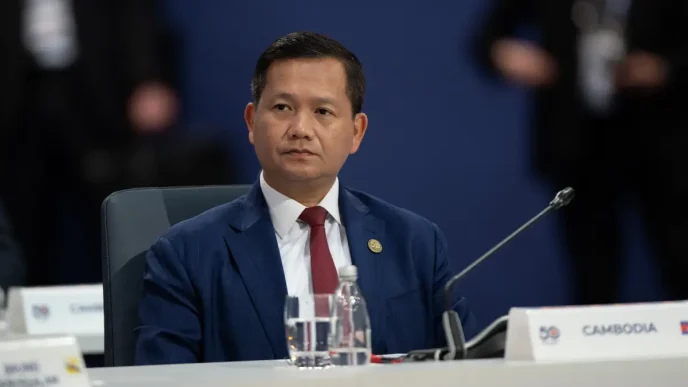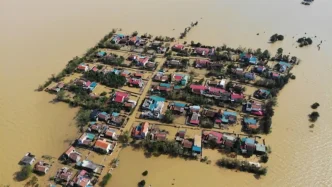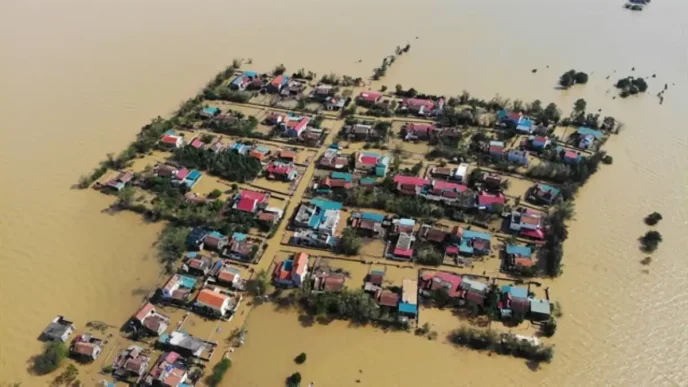Amidst simmering tensions along their shared frontier, Thai and Cambodian officials have convened in Kuala Lumpur, Malaysia, for crucial border security discussions. The talks, held from August 4-6, 2025, are a precursor to high-level ministerial meetings on August 7, aiming to address six critical issues that could redefine relations between the two neighboring nations. With a fragile ceasefire in place since July 28, the stakes are high as both sides seek to prevent further clashes and build lasting mechanisms for peace.
A Neutral Venue for Tense Negotiations
The decision to relocate the General Border Committee (GBC) meeting from Phnom Penh to Kuala Lumpur underscores the delicate nature of the discussions. Ongoing tensions along the Thai-Cambodian border necessitated a neutral venue to ensure safety and foster constructive dialogue. Malaysia, a regional mediator, has stepped in to host the talks, with Gen Datuk Mohd Nizam Jaffar, Chief of Defence Forces, welcoming delegations from both countries at the Malaysian Armed Forces Officers Mess on August 4. His remarks reflected cautious optimism for a resolution, highlighting Malaysia’s role in facilitating stability in South East Asia.
Thailand’s delegation, led by the Director-General of the Department of Border Affairs, who also serves as the GBC Secretary, includes representatives from multiple sectors. Officials from the Foreign Ministry, Interior Ministry, National Security Council, Defence Ministry, as well as all branches of the armed forces and police, are present to ensure a comprehensive approach. Cambodia’s team, though not detailed in public statements, is understood to mirror this high-level representation, signaling the seriousness of the issues at hand.
Six Key Issues Shaping the Future of the Border
At the heart of the discussions is the maintenance of the ceasefire agreement established on July 28, 2025, following recent border skirmishes. Both nations are focused on creating formal military mechanisms to prevent a recurrence of violence. Proposals for troop withdrawal and the creation of safe zones are central to the talks, with potential agreements on demilitarized zones or joint oversight mechanisms under consideration. Such steps could significantly reduce the risk of accidental escalations in volatile areas like Chong An Ma in Thailand’s Ubon Ratchathani province.
Another pressing agenda item is the investigation of pre-ceasefire incidents, including the clarification of military and civilian casualties. This process is vital for rebuilding trust, as unresolved grievances over past clashes have long strained bilateral relations. Establishing the facts surrounding these events could pave the way for accountability and reconciliation, though it remains a contentious point likely to test the patience of negotiators.
Local coordination channels are also a priority, particularly in sensitive border regions. Direct communication during emergencies could prevent misunderstandings that often spiral into violence. Thailand is advocating for an intelligence-sharing system to preempt threats and address miscommunication, a measure that, if adopted, could mark a significant step toward proactive conflict prevention.
Beyond security, the talks are exploring avenues for economic and social cooperation. Proposals to open temporary border checkpoints in areas not yet officially operational aim to restore cross-border trade and community ties disrupted by recent tensions. These initiatives, while secondary to military concerns, are seen as critical for fostering goodwill and demonstrating tangible benefits of peace to local populations on both sides.
Historical Context of a Contested Border
The Thai-Cambodian border has been a flashpoint for decades, with disputes often rooted in historical claims and territorial ambiguities. Areas like Preah Vihear Temple, a UNESCO World Heritage site, have seen violent confrontations as recently as 2011, with both nations claiming sovereignty over overlapping zones. While the current talks do not directly address territorial disputes, the emphasis on demilitarization and coordination reflects lessons learned from past conflicts. The ceasefire of July 28, though a temporary reprieve, is fragile, with military presence—evident in images of Royal Thai Army soldiers in Surin province on July 29—serving as a stark reminder of the potential for renewed hostility.
Regional analysts view the Kuala Lumpur meeting as a test of both countries’ commitment to de-escalation. Thailand, under pressure to secure its eastern frontier amid domestic political challenges, sees border stability as a national security imperative. Cambodia, meanwhile, balances its regional alliances with the need to protect its sovereignty, often navigating complex dynamics with its more powerful neighbor. The involvement of Malaysia as a neutral host adds a layer of diplomatic weight, with Kuala Lumpur’s mediation potentially setting a precedent for future conflict resolution in South East Asia.
Challenges to Lasting Peace
Despite the constructive tone of the initial discussions, significant hurdles remain. Establishing demilitarized zones requires mutual concessions, a politically sensitive issue for both governments. In Thailand, any perceived retreat could draw criticism from nationalist factions, while Cambodia must ensure that agreements do not compromise its territorial integrity. The investigation of past incidents, while necessary for trust-building, risks reopening old wounds if findings are disputed or perceived as biased.
Moreover, the practical implementation of coordination mechanisms and intelligence-sharing systems faces logistical and political barriers. Border areas are often remote, with limited infrastructure for real-time communication, and mutual distrust could hinder the sharing of sensitive information. While temporary checkpoints offer economic promise, ensuring their security amid lingering tensions will require sustained military and diplomatic efforts.
The role of local communities, often caught in the crossfire of border disputes, cannot be overlooked. Residents in areas like Chong An Ma have endured disrupted livelihoods and heightened insecurity during periods of conflict. Any agreement reached in Kuala Lumpur must prioritize their safety and economic well-being, ensuring that high-level diplomacy translates into on-the-ground improvements. Reports from border provinces suggest a cautious hope among locals, though skepticism remains about the durability of ceasefire commitments.
Regional Implications and Malaysia’s Role
The outcome of these talks extends beyond bilateral relations, carrying implications for South East Asian stability. The Thai-Cambodian border is one of several regional flashpoints, and a successful resolution could bolster confidence in ASEAN’s conflict mediation mechanisms. Malaysia’s hosting of the discussions reinforces its position as a regional peacemaker, a role it has played in past disputes, including maritime tensions in the South China Sea. Gen Datuk Mohd Nizam Jaffar’s welcoming remarks on August 4 underscored this broader vision, framing the talks as a step toward collective security in the region.
For ASEAN, the Kuala Lumpur meeting is a litmus test of the bloc’s ability to manage internal disputes without external intervention. While the organization has often been criticized for its non-interference policy, hosting sensitive talks in a member state signals a willingness to engage more actively in conflict prevention. Success here could encourage similar initiatives for other regional disputes, such as those involving Myanmar’s ongoing crises or maritime boundaries in the South China Sea.
Looking Ahead to Ministerial Talks
As the secretary-level discussions wrap up on August 6, attention will shift to the ministerial meeting on August 7, where binding decisions are expected. The groundwork laid in Kuala Lumpur will be crucial, with the six agenda items likely to form the backbone of any formal agreements. Whether troop withdrawals, safe zones, or economic cooperation will take precedence remains unclear, but the urgency of preventing further violence is a unifying concern.
For now, the fragile ceasefire holds, but its longevity depends on the willingness of both Thailand and Cambodia to compromise. The presence of military forces along the border, as seen in Surin province, serves as a sobering reminder of what is at stake. As the ministerial talks approach, the region watches closely, hopeful that diplomacy will prevail over division.
With the eyes of South East Asia on Kuala Lumpur, the question looms: can these talks forge a path to lasting peace, or will they merely delay the inevitable? Only time, and the commitment of both nations, will tell.

